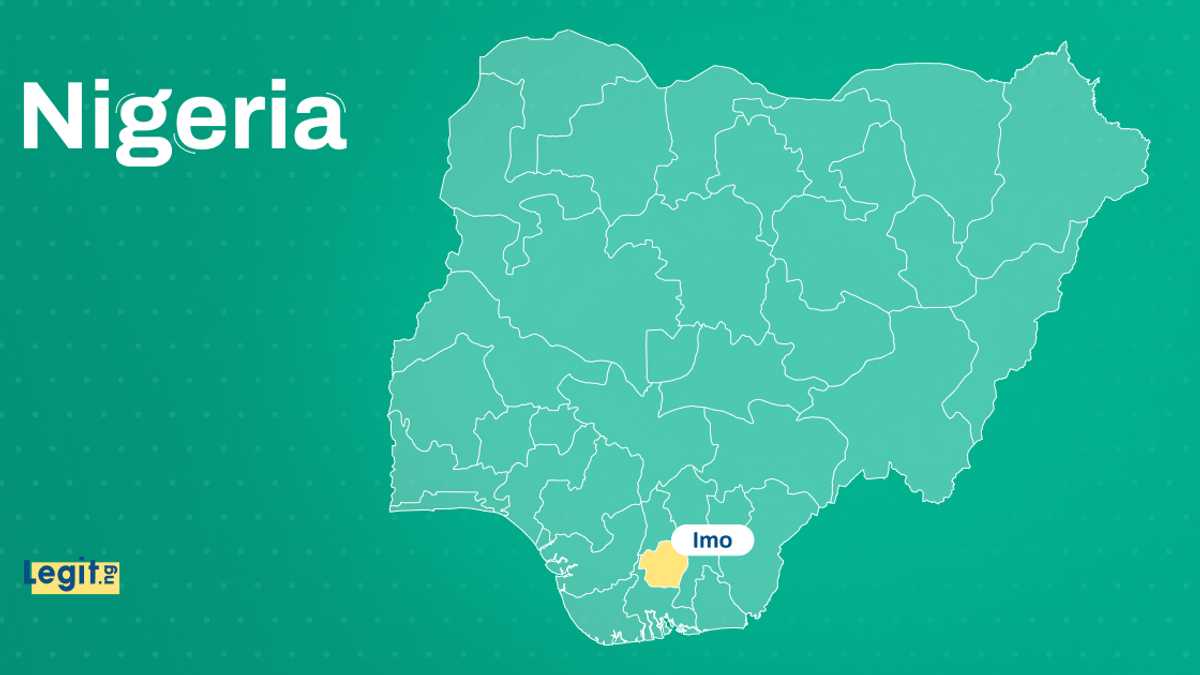Kenya Airways' 50-Year Flight: From State Carrier to Restructured National Pride
“The Pride of Africa” — a title Kenya Airways (KQ) has carried for decades — reflects not only the airline’s strategic importance but also its symbolic value to Kenya and the broader continent.
This article traces the full journey of Kenya Airways, from its inception through to its 2025 resurgence.
In this article
Kenya Airways was established on , following the breakup of the East African Community and the collapse of East African Airways (EAA). The Government of Kenya fully owned the new national carrier, which became a powerful symbol of independence and pride.



In its early years, Kenya Airways operated a modest fleet inherited from EAA. The airline served domestic routes and limited international destinations.
Inefficiencies, overstaffing, and global aviation challenges led to repeated losses. Between , the government supported the airline with subsidies averaging .
The situation began to change in the early 1990s. New leadership implemented operational and financial reforms. As a result, the airline narrowed its losses from to .
By , Kenya Airways posted a pre-tax profit of , signaling a credible turnaround and preparing the ground for privatization.
Following its return to profitability, Kenya Airways became the first African flag carrier to be privatized. In , the Government of Kenya appointed the International Finance Corporation (IFC) to oversee the process. The goal was to attract a strategic partner and create a commercially viable business.
In , acquired a for $26 million. This partnership included a board seat and a commercial integration agreement. In , Kenya Airways launched its Initial Public Offering (IPO). The Government retained , employees received , and Kenyan and international investors acquired the remaining .
The IPO was oversubscribed. Shares started trading on the Nairobi Securities Exchange at . Later, the airline cross-listed on the Uganda Securities Exchange in 2002 and the Dar es Salaam Stock Exchange in 2004.
This privatization marked a critical shift. Kenya Airways transitioned from a parastatal into a commercially managed enterprise with strategic oversight from KLM.

CEO , appointed in 2003, spearheaded Kenya Airways’ modernization and expansion. The airline aimed to become Africa’s premier carrier by enhancing service quality, expanding destinations, and upgrading the fleet.
In 2005, Kenya Airways changed its livery from the KA tail logo to KQ in line with its IATA

By , Kenya Airways flew to over . Its destinations included Lagos, Johannesburg, Accra, London, Amsterdam, Bangkok, and Mumbai. The fleet now included , , and for short-haul efficiency.
The airline joined the as an associate member. This expanded its global connectivity through partnerships with carriers such as KLM, Air France, and Delta.
These years marked Kenya Airways’ financial peak:
Kenya Airways received multiple awards, including “East Africa’s Most Respected Company” and the African Aviation Award.
However, in , the airline faced severe turbulence. Fuel prices soared, the global financial crisis hit, and a poorly timed fuel hedge led to a in FY2008/09—its first loss in over a decade.
With bold ambition, Kenya Airways launched in . At the core of the 10-year was an ambitious vision to position Nairobi as a major aviation hub for East-bound traffic, especially from India and China. The plan envisioned Kenya Airways expanding its network to .

To fund this growth, KQ raised through a rights issue. The Government’s stake rose to , surpassing KLM’s . The airline also ordered , , and . The first Dreamliner arrived in , making KQ the first African carrier to operate the 777-300ER in East Africa.
Several new routes underperformed, and competition from Gulf carriers intensified. Moreover, fuel prices remained high and debt service costs surged.
Consequently, financial results suffered:
While hedging is a common industry practice to stabilize fuel costs, KQ locked in prices just before global oil prices plummeted. As competitors purchased fuel at lower spot rates, KQ was saddled with expensive contracts—contributing to a nearly .
Additionally, the airline’s joint venture with KLM and overreliance on Project Mawingu stretched operational and financial resources beyond sustainable limits.
KQ suspended dividend payments after FY2012 and faced an urgent need for restructuring.
| FY | Net Profit (KSh B) | Dividend Per Share (KSh) |
|---|---|---|
| 2004/05 | 3.88 | 0.50 |
| 2005/06 | 4.83 | 1.00 |
| 2011/12 | 1.66 | 0.81 |
| 2012/13 | (7.86) | 0.00 |
By 2016, Kenya Airways was in deep financial distress, having posted a record , the largest in Kenya’s corporate history. To rescue the airline, KQ launched , a $700 million (KSh 72.45 billion) restructuring plan aimed at cutting debt and returning to profitability.
A key part of the plan involved converting over of government and bank loans into equity. The move increased the government’s stake from , while were allocated a through a special vehicle,
KLM’s share was diluted to . The parties applied for regulatory exemption from takeover rules, as the deal was structured as a rescue.
Following the 2017 debt-for-equity swap and the financial restructuring process under Operation Pride, Kenya Airways’ ownership changed significantly. The Kenyan government became the dominant shareholder. Local banks acquired shares via , and KLM’s influence declined. This structure has remained consistent through 2025.
| Shareholder | Stake (%) |
| Government of Kenya | 48.9 |
| KQ Lenders Co. (Banks) | 38.1 |
| KLM | 7.8 |
| Public/Employees | 5.2 |
KQ hired global advisory firm to assist with capital-raising. CEO , who served from 2017 to 2019, was later revealed to have received severance pay—indicating dismissal, despite earlier reports of resignation. During his tenure:
This restructuring placed KQ under majority public ownership and laid the groundwork for future recovery.

The COVID-19 pandemic devastated global aviation. Kenya Airways grounded most flights and experienced a . In , KQ posted its of .
Kenya Airways also confirmed as Group Managing Director & CEO, effective , just two months after he had taken over as acting CEO following resignation in December 2019.
In response, the airline requested a suspension from trading on the NSE in July 2020. At the time of suspension, KQ’s share price was KSh 3.83 (having been driven up by speculation from under KSh 1.00 earlier in 2020).

The Government introduced the , proposing to merge Kenya Airways, Kenya Airports Authority (KAA), and the Aviation Investment Corporation (AIC) into a holding company, .
The proposal faced resistance from economists, lawyers, and the Law Society of Kenya (LSK), who questioned the logic of letting debt-heavy Kenya Airways—then holding in liabilities and a loss—absorb profitable KAA. Despite backing from the state, the bill failed to pass.
In 2021, the government and IMF backed a KSh 113 billion ($1 billion) multi-year restructuring plan for KQ. With KSh 84.8 billion ($750 million) in debt already guaranteed, Treasury committed to assume KSh 93.5 billion ($827 million) and inject KSh 53.4 billion ($473 million) in support through 2023.
During the pandemic, Kenya Airways downsized—retiring Boeing 777s and some Dreamliners, cutting routes, and laying off staff. By 2022, it operated 38 aircraft. Losses hit in FY2021 and in FY2022, worsened by shilling depreciation. In 2023, the government cleared a loan on its behalf.
In 2022, KQ launched Project Kifaru, a turnaround plan centered on cost control, operational efficiency, and network optimization.
Named after the Swahili word for rhinoceros—symbolizing resilience—Kifaru targeted route rationalization, improved fleet use, and cargo growth.

By 2023, early signs of recovery appeared as travel rebounded. In the first half of 2024, KQ’s revenues grew 22% year-on-year. The airline benefited from rising passenger numbers and a stronger Kenyan shilling, which yielded a one-time KSh 10.5 billion forex gain.
In FY2024, under CEO Allan Kilavuka, Kenya Airways achieved its first full-year profit since 2012:
Chairman Michael Joseph hailed the profit as a milestone. While challenges remain, Project Kifaru has delivered a major morale and financial boost.
In January 2025, Kenya Airways $KQ shares resumed trading on the NSE, opening at KSh 4.05. This marked a significant milestone in restoring investor confidence.
| Metric | Value (KSh B) |
| Total Revenue | 188 |
| Operating Profit | 16.6 |
| Net Profit | 5.4 |
| Forex Gain | 10.5 |

Kenya Airways’ story is one of reinvention and resilience. From its origins as a state-run airline to a privatized industry leader, and later to a quasi-nationalized entity, the company has weathered storms both internal and global.
Its 2024 return to profit reflects successful strategy execution, stronger governance, and better financial discipline. If KQ can maintain this momentum under Project Kifaru, it could reclaim its status as Africa’s top carrier—and once again earn the title “The Pride of Africa.”










